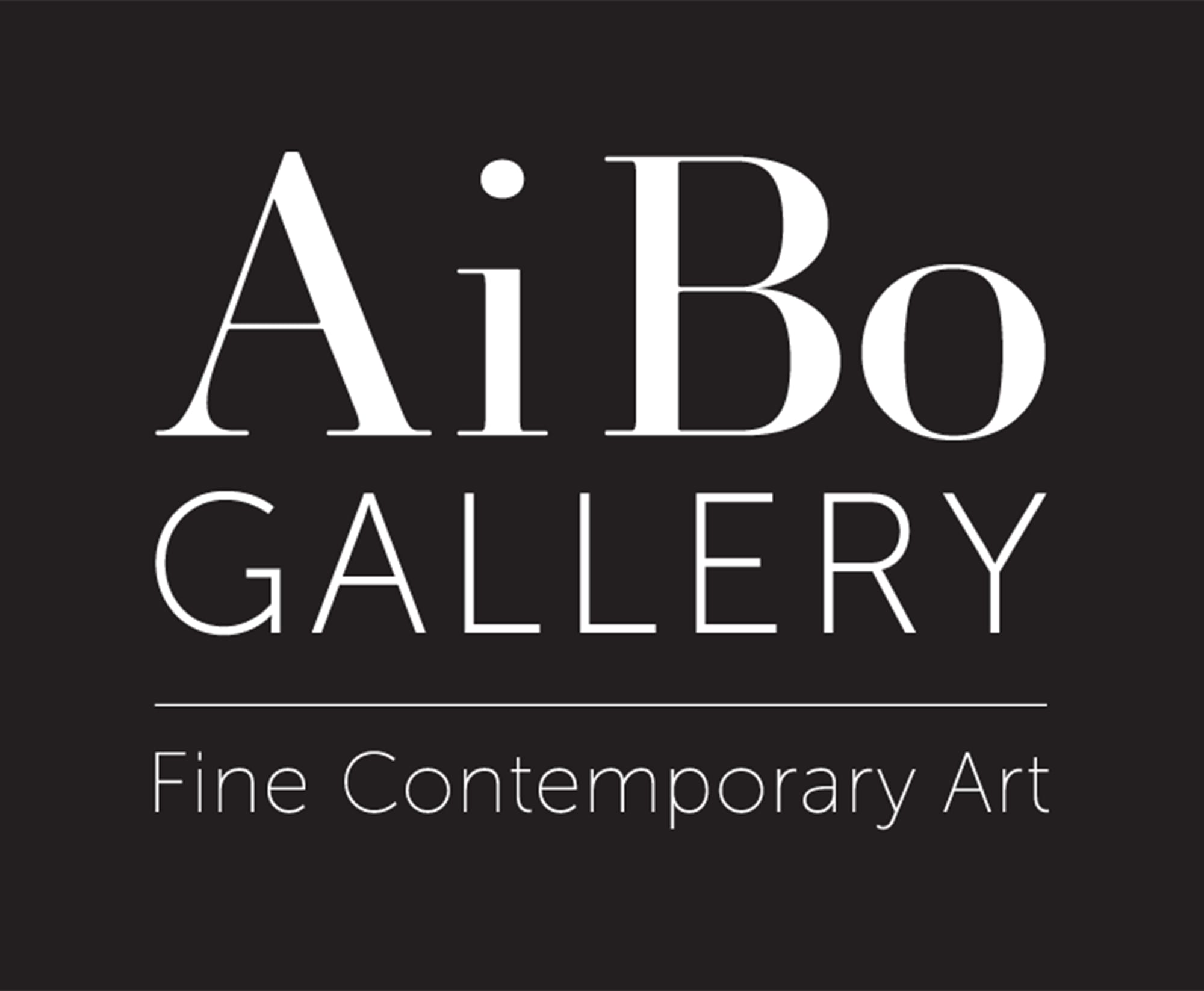A World Bridging
Painting & Photography
Solo Exhibition in Gallery Orangerie Heiligendamm
Baltic Sea Germany
The wide chromatic space, and unseen details underlie many works by JCW.
In Heiligendamm, a prominent hot spot in Germany, known by the former G7 Summit, maritime motifs, super panoramas from Cape Town, urban transformations from Shanghai, Hamburg and Dresden, the colors of North Africa from Morocco and new angel faces - can be seen as symbols of foresight of the everlasting change. „The blue color is the topic of the show and once the outstanding Landscape Painter Caspar David Friedrich has made it very clear, that blue contains the infinity of distance, of the universe, and secondly, the infinity of the self, the subconscious," says Jens-Christian Wittig in conversation.
JCW's works are limited to exclusive, small editions. The gallery Orangerie shows the artist's first exhibition in the north. In Germany, Jens-Christian Wittig was previously at Castle Ettersburg, Weimar several times in Dresden for example in the Palace of Culture to see. Just back from the Art New York show in May 2019, where he has been exhibited by AiBo Gallery New york, currently the opening of the exhibition in Heiligendamm took place. More art shows in the US are in preparation for the Art Miami in December.
The rapidly evolving new digital technologies have long occupied the artist. More and more, he incorporates them into his projects and uses them as a tool for his work, like pencil, pen and brush. In digital image transformations, he works with new means to develop specific imagery using the classically learned artistic perspectives for the digital age. In elaborate and lengthy digital processes, his own form of expression emerges. Although JCW's works draw on photographic means, they are now far removed from photography. Wittig deconstructs his starting material, adds and overlays it in a new and multi-layered way - as he once did in glaze painting - and thus creatively shapes his pictorial statements. In many cases, the proximity to pictorial elements and sophisticated graphic effects can be recognized in new exiting ways.
The depth, luminosity and color spectra of his pictures are hardly reachable by painting and graphics in the classical sense.


